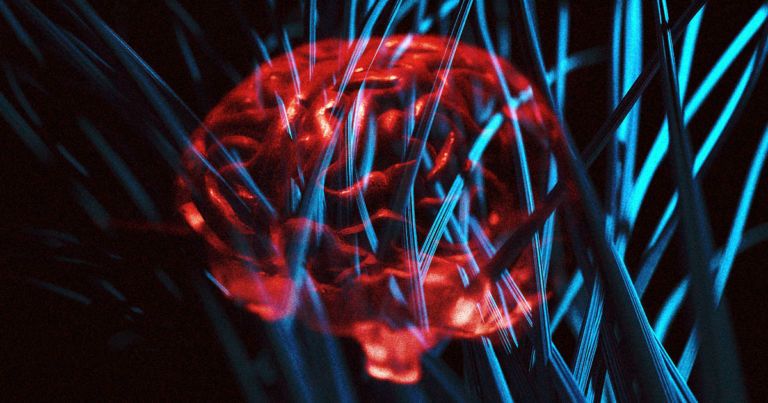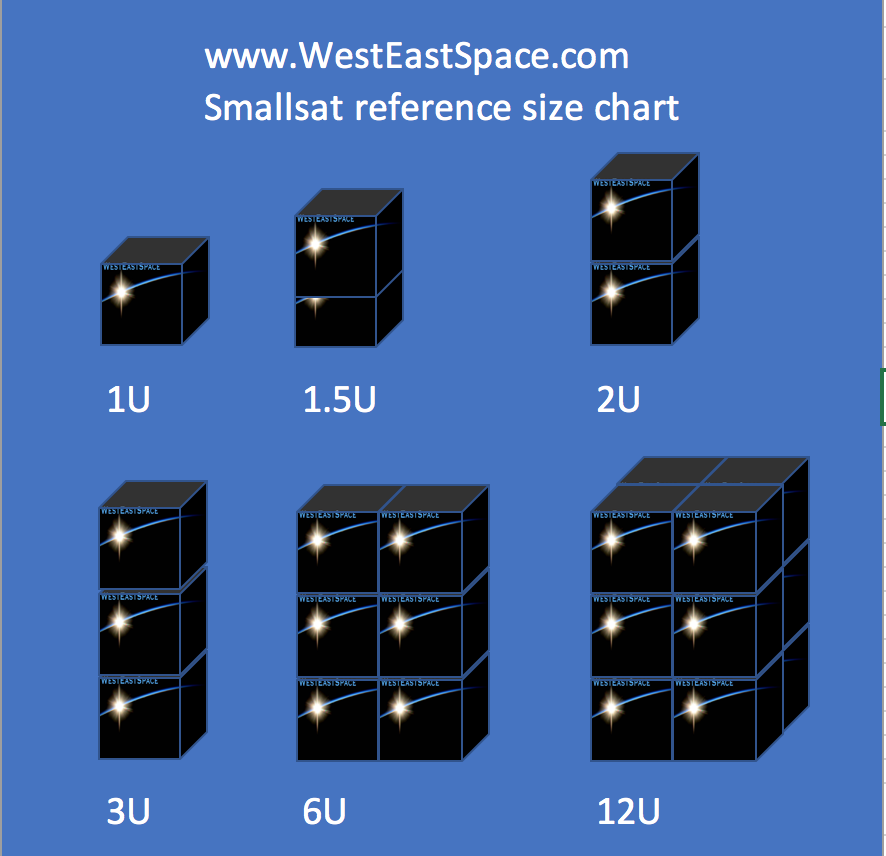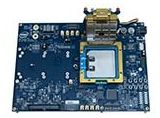Liz Parrish is the Founder and CEO of BioViva Sciences USA Inc.
https://www.youtube.com/channel/UCaBq8hEExcUN6
You can support me:
PayPal: [email protected]
Gpay: [email protected]
Patreon: https://www.patreon.com/user?u=27929324
Liz Parrish is the Founder and CEO of BioViva Sciences USA Inc.
https://www.youtube.com/channel/UCaBq8hEExcUN6
You can support me:
PayPal: [email protected]
Gpay: [email protected]
Patreon: https://www.patreon.com/user?u=27929324

Researchers have designed a machine learning method that can predict battery health with 10x higher accuracy than current industry standard, which could aid in the development of safer and more reliable batteries for electric vehicles and consumer electronics.
The researchers, from Cambridge and Newcastle Universities, have designed a new way to monitor batteries by sending electrical pulses into them and measuring the response. The measurements are then processed by a machine learning algorithm to predict the battery’s health and useful lifespan. Their method is non-invasive and is a simple add-on to any existing battery system. The results are reported in the journal Nature Communications.
Predicting the state of health and the remaining useful lifespan of lithium-ion batteries is one of the big problems limiting widespread adoption of electric vehicles: it’s also a familiar annoyance to mobile phone users. Over time, battery performance degrades via a complex network of subtle chemical processes. Individually, each of these processes doesn’t have much of an effect on battery performance, but collectively they can severely shorten a battery’s performance and lifespan.
In order to better solve complex challenges at the dawn of the third decade of the 21st century, Alphabet Inc. has tapped into relics dating to the 1980s: video games.
The parent company of Google reported this week that its DeepMind Technologies Artificial Intelligence unit has successfully learned how to play 57 Atari video games. And the computer system plays better than any human.
Atari, creator of Pong, one of the first successful video games of the 1970s, went on to popularize many of the great early classic video games into the 1990s. Video games are commonly used with AI projects because they challenge algorithms to navigate increasingly complex paths and options, all while encountering changing scenarios, threats and rewards.

As of right now, Cortical’s mini-brains have less processing power than a dragonfly brain. The company is looking to get its mouse-neuron-powered chips to be capable of playing a game of “Pong,” as CEO Hon Weng Chong told Fortune, following the footsteps of AI company DeepMind, which used the game to test the power of its AI algorithms back in 2013.
“What we are trying to do is show we can shape the behavior of these neurons,” Chong told Fortune.
READ MORE: A startup is building computer chips using human neurons [Fortune].


Satellites come in all sizes and shapes. A small satellite or SmallSat is commonly considered to be a satellite that weighs less than 500 kg.
As a basic application of various satellite sizes by mass, the common distinction:
| Lower Limit | Upper Limit(kg) | Classification | Examples |
| 1000 | Large satellites | Hubble Space Telescope / Inmarsat-4A F4 | |
| 500 | 1000 | Medium satellites | O3b |
| 0 | 500 | Small satellites | SpaceX StarLink |
CubeSats are smaller yet.
CubeSats need to conform to specific criteria including shape, size, and mass. At this point, most people have become aware or are at least heard of CubeSats. (Cube Satellites). CubeSats (cube satellite, cube satellite) are a type of nanosatellites defined by the CubeSat Design Specification (CSD) or otherwise commonly known by the unofficial term “CubeSat standard”. Cubesats are small, and start off at the 1U size of 10xm x 10 cm x 11.35 cm ( yes not exactly a cube, but very close) Here are some standard CubeSat dimensions:

Under DARPA’s Photonics in the Package for Extreme Scalability (PIPES) program, researchers from Intel and Ayar Labs have demonstrated early progress towards improving chip connectivity with photons – or light. Signaling over optical fibers enables the internet today and optical transceivers are ubiquitous in data centers, yet digital systems still rely upon the movement of electrons over metal wires to push data between integrated circuits (ICs) on a board. Increasingly, the limitations of electrical signaling from the chip package restrict overall bandwidth and signaling efficiency, throttling the performance of advanced systems. The PIPES program is exploring ways to expand the use of optical components to address these constraints and enable digital microelectronics with new levels of performance.
Researchers from Intel and Ayar Labs working on PIPES have successfully replaced the traditional electrical input/output (I/O) of a state-of-the-art field programmable gate array (FPGA) with efficient optical signaling interfaces. The demonstration leverages an optical interface developed by Ayar Labs called TeraPHY, an optical I/O chiplet that replaces electrical serializer/deserializer (SERDES) chiplets. These SERDES chiplets traditionally compensate for limited I/O when there is a need for fast data movement, enabling high-speed communications and other capabilities. Using Intel’s advanced packaging and interconnect technology, the team integrated TeraPHY and the Intel FPGA core within a single package, creating a multi-chip module (MCM) with in-package optics. The integrated solution substantially improves interconnect reach, efficiency, and latency – enabling high-speed data links with single mode optical fibers coming directly from the FPGA.

O’Connell’s previous book, To Be a Machine, was an inspired journalistic exploration of “transhumanism”, the subculture that wants to fast-forward to a technological future in which man becomes part-machine. This one is haunted by the idea that, unless we change our ways, or even if we change our ways, our species does not have much of a future at all. For O’Connell, those fears had been sharpened by recent fatherhood.
A timely study of the world’s growing sense of doom ranges from tourists in Chernobyl to Elon Musk’s plan to colonise Mars.


Scientists have developed a prototype system that could hypothetically see data transfer rates hit 10 terabits per second – or many thousands of times faster than your average broadband speed, in other words.
This radical jump could be made possible by switching to an extremely high frequency for the data transfer, allowing for more bandwidth (a greater volume of data) to be squeezed into the same space, and boosting the overall transfer rate.
There has previously been some doubt as to whether a higher frequency wave structure (or waveguide) such as the one explored here could be sufficiently protected against interference, but with this latest study, the scientists think they may have cracked the problem.